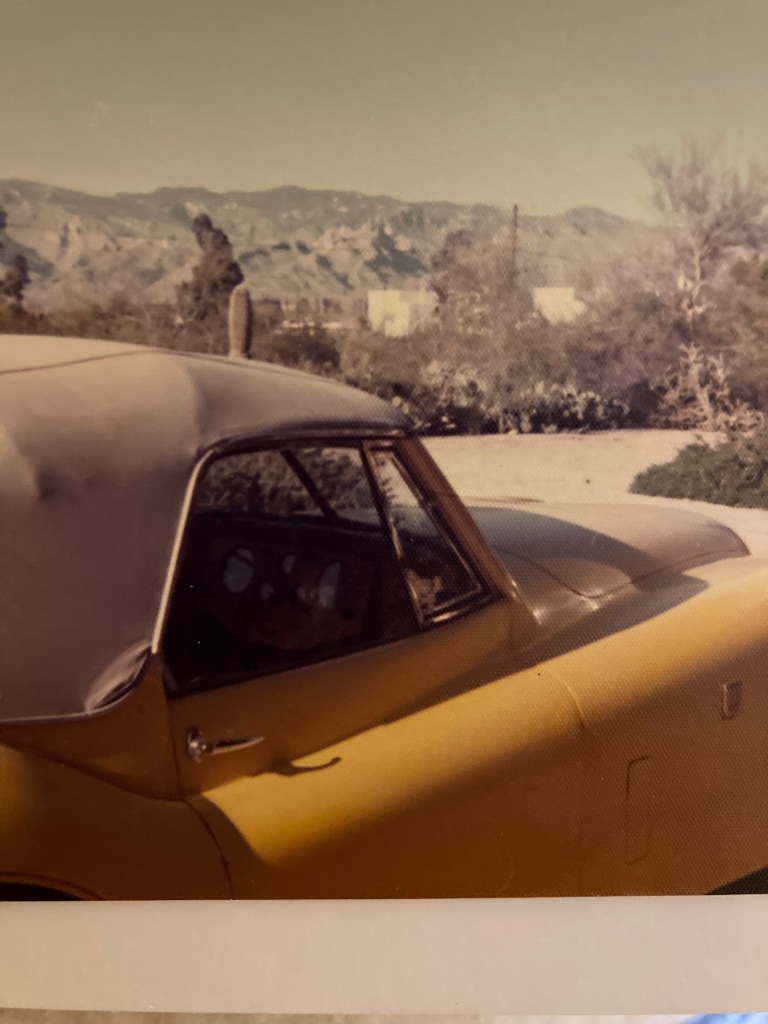By C.A. Bryson

Recently, I wrote a letter to my local MP concerning the provision of bus stop shelters in the City of North Vancouver. I have observed, in my travels around the city, senior transit riders standing for upwards of half an hour at bus stops unable to sit down and rest. Furthermore, lack of bus shelters at some stops means no shelter from inclement weather.
This is simply not acceptable. About a year ago I found myself perusing online and read the following articles on seniors and transportation. These were truly fascinating and cutting-edge visions for enhanced transportation options for seniors.
The WHO (World Health Organization), created a Global Network of Age-Friendly Cities and Communities for older residents. They covered such issues as:
- Health
- Communication
- Housing
- Employment
- Outdoor Spaces
- Public Buildings and Transportation
Did you know that by 2030, seniors aged 65 and over will number 9.5 million and will make up 23% of Canadians?
Safe, affordable and accessible transportation for seniors must be prioritized. While the existence of ride-hailing services (taxis, Uber, Lyft) has been around for several years in Vancouver, we still have a long way to go. Uppermost in the minds of adult children of seniors is the issue of senior driving.
1st Article:
‘How Self-Driving Cars can Empower a Growing Population of Older Adults’ by Robert Moser,
American Society of Aging, 2021
https://generations.asaging.org/how-self-driving-cars-can-empower-older-adults
Of self-driving cars, experts say:
“For those who may lose the ability or confidence to drive, self-driving vehicles can help them to maintain a vibrant social life, allowing them to pick up grandkids from school or head out to dinner with friends without having to drive.”
On Senior Drivers:
- For the medically at-risk driver (a person, regardless of age, who has a medical condition that may affect driving performance), driving cessation has serious consequences, such as isolation. What is needed is an action plan for maintaining community mobility.
- Driving is a complex skill
- Driving IADL (Instrumental Activities for Daily Living), therefore driving is a basic skill
- Driving performance may show the first evidence for dementia
- We will all outlive our driving ability by 6-10 years. Individuals with mild cognitive impairment may continue to drive, but an expert must make that determination. It is helpful to seek out a driver rehabilitation specialist who is also an OT (Occupational Therapist)
- IADL may be determined by the OT
2nd Article: ‘Plugging Transportation Gaps: Microtransit Can Fill In Where Public Transit and Ride-Hailing Fail’ by Aparna Paladugu and Gabriel McCaig, American Society on Aging (2021)
https://generations.asaging.org/microtransit-can-fill-transportation-gaps
To report an individual who may be unfit to drive:
Contact Driver Fitness Unit: 250-952-6888
Or write to Road Safety BC
On-Demand Public Transit: What is It?
- On-Demand Public Transit is a mix of fixed route bus service and Uber or Lyft Ride-Hailing
- On-Demand Public Transit also known as Microtransit
- Users request shared shuttle bus via an app that picks them up in minutes
- Vehicles are routed to final destination, picking up other travellers along the way who are heading in the same direction
- This kind of transit can be a lifeline
- Freedom for the price of a bus ticket
Already Launched:
Newton, Mass (USA) and West Sacramento, California
- Newton has a phone line with operators trained in older-adult sensitivity
- They are wheelchair accessible
- In Wilson, North Carolina qualifying older adults have special discounted pricing
- An example of para-transit is HandiDart
- On-Demand Public Transit is more sustainable than para-transit
- These measures help older adults age in place and remain independent
How To Ride a Lime Bike (based on YouTube video):
- Easy to follow 1-minute video on YouTube (Google ‘How to Ride a Lime Bike’)
- To use Lime, you must download the app
- Open the app, find your nearest ride
- On your Smart Phone, unlock your bike by scanning the QR code or entering the 6-digit ID
- Unlock cable
- Put your foot on the ground and kick off to start ride
- At end, lock cable and take photo of bike
Please note that NSCR’s Better At Home program offers transportation to seniors free of charge, for things like doctor’s appointments (also picking up prescriptions)
Call Nicola Harris at: 604-982-3313
Next week I talk about this year’s Alzheimer’s Walk and some resources for those caring for individuals with dementia.
Pictured Above: My grandfather’s car.
CAB 2022